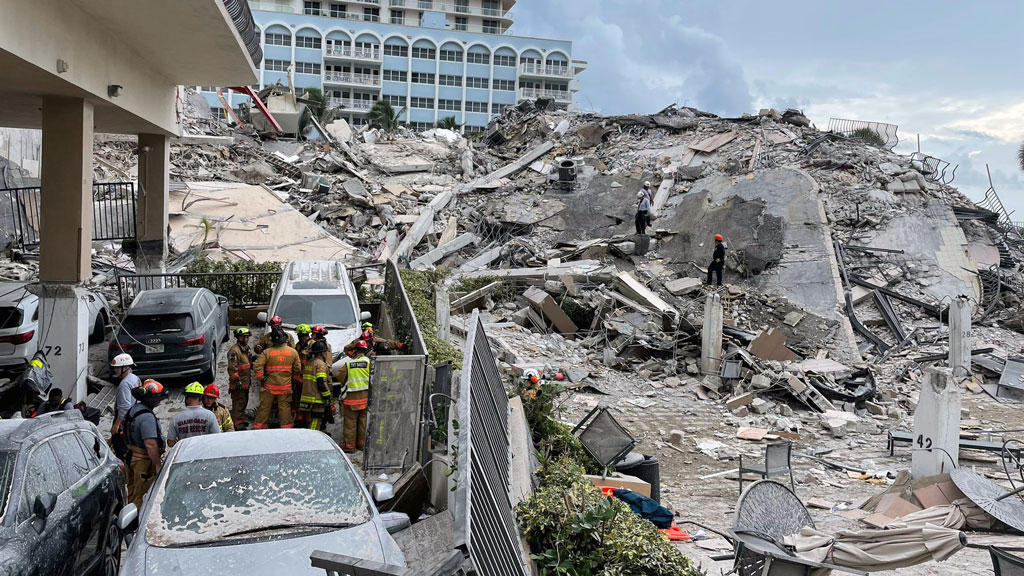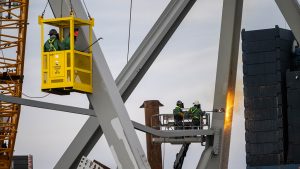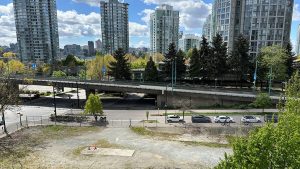The collapse of the Surfside condominium complex in Florida spurred new concerns in the construction industry about the reliability of commonly used materials such as wood and concrete, but one expert’s message is simple.
“Everyone, take a deep breath,” Sense Engineering founding principal Brennan Vollering said.
He made the remarks as part of a session titled Is My Building Going to Collapse? The Difference Between Normal and Dangerous Building Movements at Buildex Vancouver on March 23.
He explained while it is prudent to be cautious and investigate possible faults, Canada has not seen very many building collapses.
“In the case of Surfside, work was identified as not having been done, and some think that’s what caused the collapse,” Vollering said.
Different materials exhibit different behaviours and are used in different contexts, he said.
Wood is used primarily in residential projects, while steel is employed for commercial and highrise structures as it is non-combustible. Concrete is used for most highrises in Canada especially in a residential context, he added.
“Masonry is not used as much in the Lower Mainland, but is much more predominant in Ontario,” Vollering added.
Wood, he said, tends to deflect especially over time.
Because of its light weight it performs well in earthquakes but “because of that light weight it tends to form alternate and unintended load paths.”
Other problems with wood include its tendency to rot when exposed to moisture and that it tends to shrink more than other materials.
By contrast, structural steel has the most predictable set of behaviours due to consistent material properties but “if built wrong, it can be prone to catastrophic failure,” he said.
Drywall cracking is the most common complaint he hears from clients, Vollering said, but much of the time the drywall is performing normally.
“In normal drywall there’s separation at board joints, tape, corners and windows. It’s concerning when there’s crushing, tearing of drywall or damage away from hard edges,” he said.
“When structures move, drywall moves with them. You can get cracks and it’s normal and nothing to worry about in most cases.”
Cracks can also form in concrete, and “it’s one of the biggest calls we get from people,” Vollering said.
Some cracks are normal, such as hairline widely spaced cracks perpendicular to bending.
“People get concerned and we explain, that’s just normal, it’s shrinkage,” he said.
However parallel, closely spaced and wide cracks or radial cracks around supports are concerning and should be dealt with, he said.
Shear failure can also be difficult to detect, he said “and you don’t see that issue often until you get a failure.”
Another potential problem can occur with post-tensioned concrete, Vollering said.
“The cables are under high stress, and any damage to the cables can cause violent failures,” he said.
Masonry can also be problematic in some instances.
“Masonry has to be tied to a structure. It’s more of a cladding issue, sometimes ties get broken and need to be repaired,” Vollering said.
Follow the author on Twitter @JOCFrey.











Recent Comments
comments for this post are closed